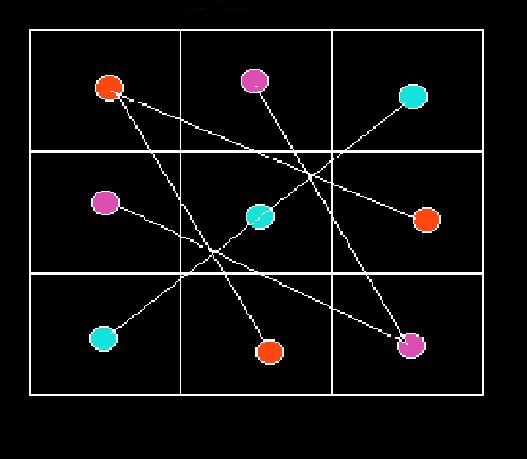

As previously stated in Part IA all numbers may be converted into diagonal tuples using Tables I and II of
Part IA. However, only certain numbers can use the methods employed on this page. These are the odd and even squares
and 2× odd or 2× even squares. Thus, the even and squares can be initially be incremented by 1 or 2
which are the lowest increments possible. Therefore, incremental addition to either a
square or
Notice that the tuples bearing a checkmark in the upper leftmost corner are part of the initial tuples used in the generation of Tables in Part IB. These are special tables which can be converted to the next higher table by multiplying by the magic ratio (R) (1 + √2)2 = 5.828427125...
Diagonal tuples employing squares generated from odd numbers take on the initial form of Tables A and B and are first incremented by 2:
which are then incremented by 6,10,14... (not shown here).
|
|
Diagonal tuples employing squares generated from even numbers take on the initial form of Tables C and D and are first incremented by 2:
which are then incremented by 6,10,14... (also not shown here).
|
|
Diagonal tuples employing squares generated from odd numbers × 2 take on the initial form of Tables E and F and are first incremented by 1:
which are then incremented by 6,10,14... (not shown here).
|
|
Diagonal tuples employing squares generated from even numbers × 2 take on the initial form of Tables G and H and are first incremented by 1:
which are then incremented by 6,10,14... (not shown here).
|
|
This concludes Part IIA. To continue to Part IB where the magic ratio (R) is used to produce tables of allowed tuples.
Go back to homepage.
Copyright © 2016 by Eddie N Gutierrez. E-Mail: enaguti1949@gmail.com